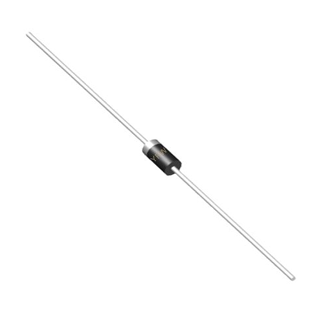Date:2025-06-05 Categories:Product knowledge Hits:421 From:Guangdong Youfeng Microelectronics Co., Ltd
Basic Characteristics and Identification
Schottky diodes, also known as Schottky barrier diodes (SBD), are semiconductor devices with unique characteristics that make them suitable for various applications. They feature a low forward voltage drop, typically ranging from 0.3V to 0.5V, which is lower than that of traditional silicon p-n junction diodes. This low voltage drop results in reduced power dissipation, making them ideal for low-voltage and high-efficiency circuits.
Another important characteristic is their fast switching speed. Schottky diodes have a very short reverse recovery time, often less than 100 nanoseconds, and in some cases, even as low as a few nanoseconds. This allows them to handle high-frequency applications with ease.
When identifying Schottky diodes, you can refer to the part number marked on the device. Manufacturers usually use specific naming conventions to indicate that a diode is a Schottky type. For example, some common series names include "1N5819", "MBR1045", etc. Additionally, the package type can also provide a clue. Schottky diodes are available in various packages, such as DO-41, DO-201AD, SOT-23, and TO-220, among others.
Selection Considerations
Forward Current Rating
The forward current (IF) rating is a crucial parameter to consider when selecting a Schottky diodes. It represents the maximum continuous current that the diode can safely conduct in the forward direction. You need to determine the expected forward current in your circuit and choose a diode with an IF rating that is at least 1.5 to 2 times higher than this value to ensure reliable operation and prevent overheating.
For example, if your circuit is expected to have a forward current of 1A, you should select a Schottky diodes with an IF rating of 1.5A or higher.
Reverse Voltage Rating
The reverse voltage (VR) rating is the maximum voltage that the diode can withstand in the reverse-biased state without breaking down. It is essential to choose a diode with a VR rating that is higher than the maximum reverse voltage that may appear across the diode in your circuit. This is particularly important in applications where there may be voltage spikes or transient overvoltages.

Previous: Classification, Structure, and Principle of MOSFET
Next: Forward Voltage Drop